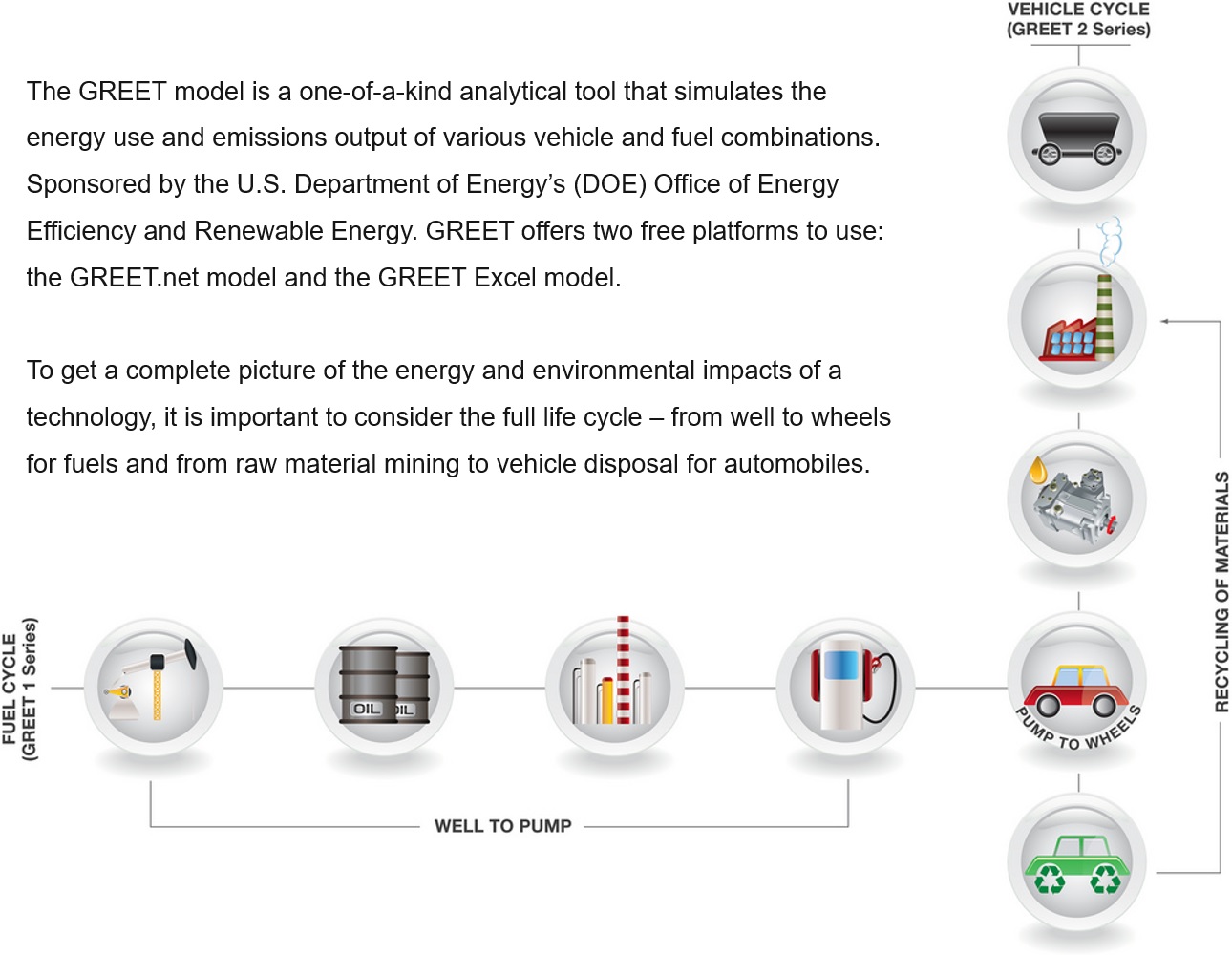Travel Demand Model Applications
Emission Estimation
Air emissions modeling is the process of preparing emission inventories for use in air quality models. Air quality models typically require hourly, gridded emissions of specific pollutants. An emissions modeling platform is the full set of emissions inventories, other data files, software tools, and scripts that process the emissions into the form needed for air quality modeling.
- Criteria Pollutants such as CO, NOx,SOx, VOC, PM, NH3
- Greenhouse Gas emissions like CO2, N2O, CH4, HFC etc.
EMFAC Model
Used to inform and support and upcoming planning and policy development, EMFAC2021 is the latest emission inventory model that CARB (California Air Resources Board) developed to assess emissions from on-road motor vehicles including cars, trucks, and buses in California. This version of model reflects CARB’s latest understanding of statewide and regional vehicle activities, emissions, and recently adopted regulations such as Advanced Clean Trucks (ACT) and Heavy Duty Omnibus.
Lifecycle Emission Estimation
Lifecycle analysis, sometimes referred to as fuel cycle or well-to-wheel analysis, is used to assess the overall greenhouse gas (GHG) impacts of a fuel, including each stage of its production and use.

Noise Estimation
Traffic noise studies thus provide useful information, directed primarily to two distinctly different audiences - the government decisionmaker and the lay public. For the government decisionmaker, the study should provide a portion of the data needed for the informed selection of a satisfactory project alternative and appropriate mitigation measures.
The key elements of a highway traffic noise study are as follows:
- Definition of impact criteria and identification of noise-sensitive land uses
- Determination of existing noise levels
- Prediction of future traffic noise levels for study alternatives
- Identification of traffic noise impacts for study alternatives
- Identification and consideration of abatement
- Consideration of construction noise
- Coordination with local government officials
https://www.fhwa.dot.gov/environment/noise/traffic_noise_model/
The Traffic Noise Screening Tool (TNST). The TNST is an update and replacement for the existing Low Volume Road Tool (LVRT). It serves a similar purpose but with expanded capabilities, a user guide, and a better user interface (UI).
Energy Estimation
The concurrent fast expansion of population, urbanization, and global mobility has multiplied the world’s demand for fuels for transportation and city-wide energy services

Energy Demand = VMT by Vehicle Class X Average Fuel Consumption per Mile
Sustainable Transportation
-
Transportation and land use patterns are inextricably linked
-
Integrated transportation and land use planning gives people more choices for getting around their town and their region.
-
Providing a range of transportation choices and the walkable neighborhoods that support them can help improve air quality and reduce greenhouse gas emissions.
-
Four transportation and land use strategies enhance quality of life and protect human health and the environment:
- Smart and sustainable street design.
- Transit-oriented development.
- Parking management.
- Sustainable transportation planning.